
ID notes:When the whole plant is available (often not true in herbarium specimens), the species (both varieties) is easily distinguished from our other taxa by the usually abundant presence of dark bristles on the stems. Other characters that are useful are the impressed main veins and the leaf margins bearing numerous non-spinose enations.
Origin/Endemic status: Native
Taxonomy Comments: Wilbur (2003) discussed the complicated nomenclatural problems involving this plant and concluded that S. hispida Rafinesque is the correct name. Infrataxa sometimes recognized in the past (see synonymy) need critical examination. Var. australis J.B. Norton, with auriculate or more usually pandurate leaves, does seem to be largely or completely limited to the Coastal Plain from e. NC southwards.
Synonymy: = S, Coker (1944); = Smilax tamnoides L. var. hispida (Muhl.) Fernald – F, Il; < Smilax hispida Raf. – Ar, C, G, K3, K4, Mi, Mo1, NE, NY, Pa, RAB, Tat, Va, WV, Wilbur (2003); < Smilax pseudo-china – S13, misapplied; < Smilax tamnoides L. – ETx1, FNA26, GW1, K1, NcTx, Tn, W, WH3, Bullard & Allen (2013), Judd (1998), misapplied
Wetland Indicator Status:
- Atlantic and Gulf Coastal Plain: FAC (taxonomic split from wetland indicator species)
- Eastern Mountains and Piedmont: FAC (name change)
- Great Plains: FAC (taxonomic split from wetland indicator species)
- Midwest: FAC (taxonomic split from wetland indicator species)
- Northcentral & Northeast: FAC (taxonomic split from wetland indicator species)
Heliophily: 4
Hover over a shape, letter, icon, or arrow on the map for definition or see the legend.
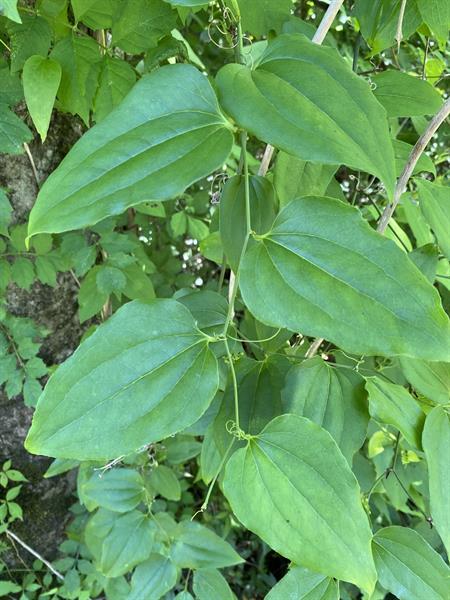 © Alan Weakley source | Original Image ⭷
© Alan Weakley source | Original Image ⭷ © Paul Marcum source | Original Image ⭷
© Paul Marcum source | Original Image ⭷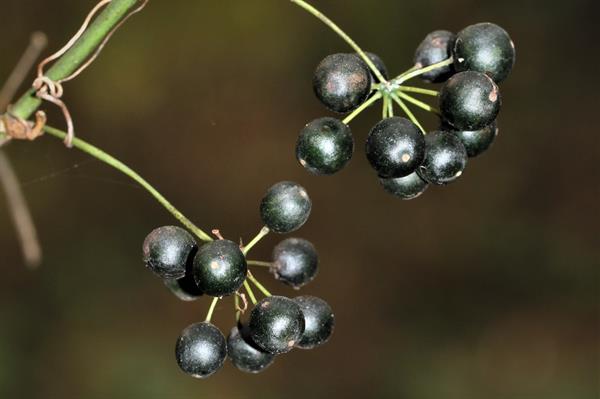 © Paul Marcum source | Original Image ⭷
© Paul Marcum source | Original Image ⭷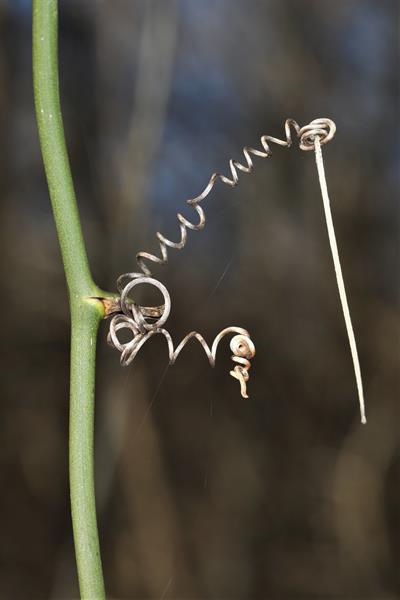 © Paul Marcum, tendril source | Original Image ⭷
© Paul Marcum, tendril source | Original Image ⭷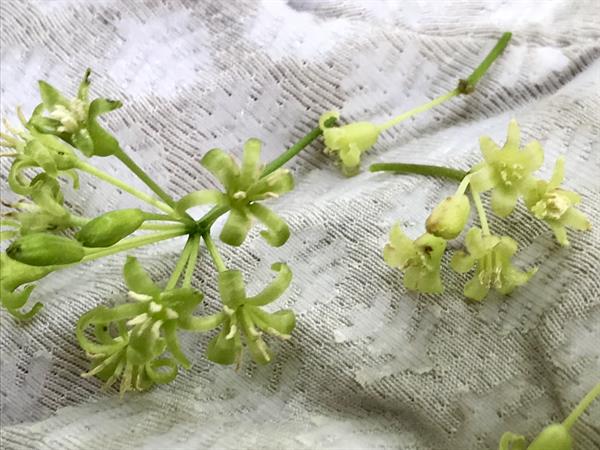 © Paul Marcum source | Original Image ⭷
© Paul Marcum source | Original Image ⭷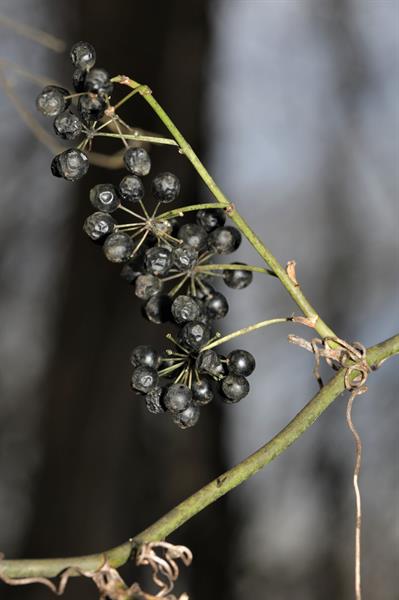 © Paul Marcum source | Original Image ⭷
© Paul Marcum source | Original Image ⭷Feedback
See something wrong or missing on about Smilax hispida var. hispida? Let us know here: (Please include your name and email if at all complicated so we can clarify if needed.)
Cite as...